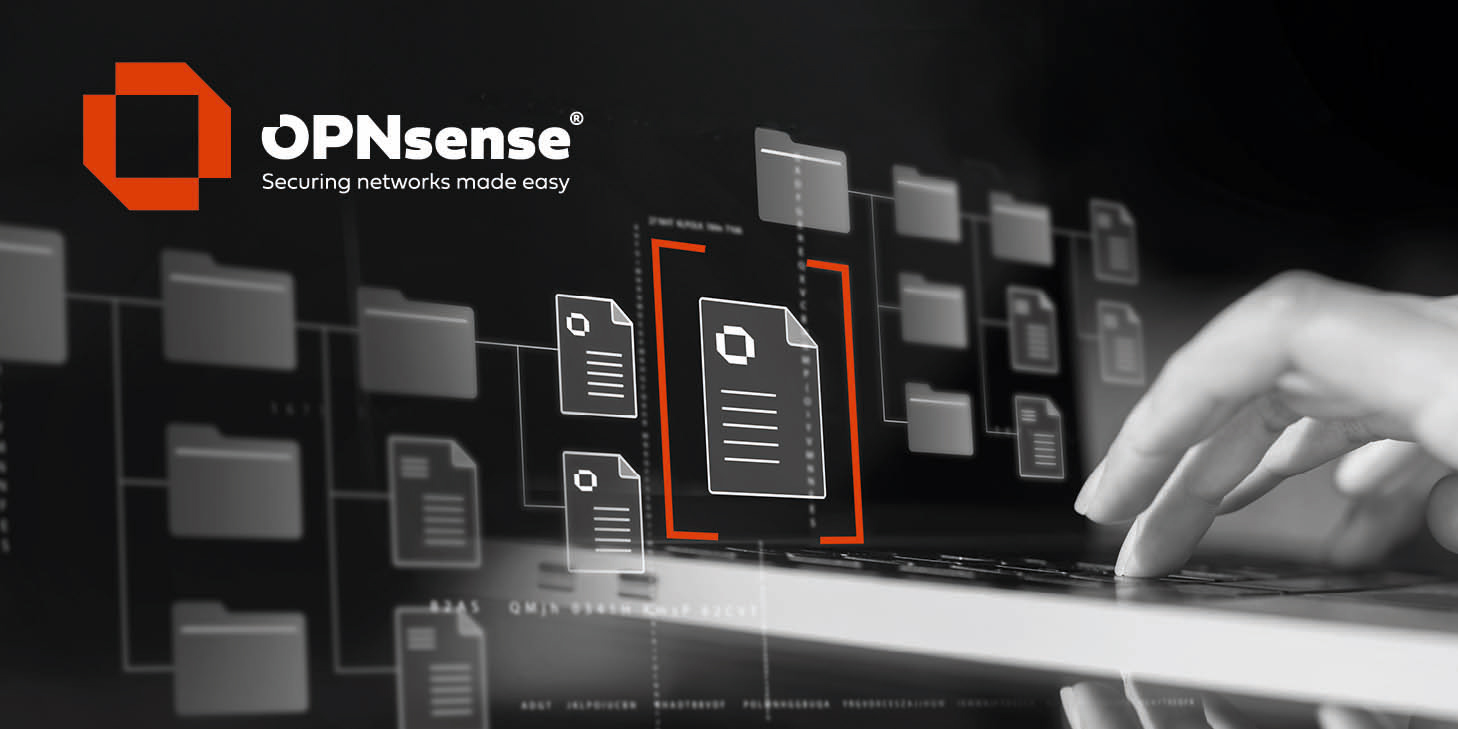Why would this survivorship bias only consider the overlooked failures and not overlooked successes and everything else? That doesn't make any sense.
IIUC you're now saying that traffic shaping may randomly have benefits (because some ppl claim that there are benefits, but obviously noone is able to show the benefits in practise) --- or not. All the while its disadvantages remain excluded from the consideration.
This means that everyone needs to do their own testing and decide if they think it has benefits or not, and they can claim whatever they want. That's a kind of mysticism, and it doesn't provide valid answers.
IIUC you're now saying that traffic shaping may randomly have benefits (because some ppl claim that there are benefits, but obviously noone is able to show the benefits in practise) --- or not. All the while its disadvantages remain excluded from the consideration.
This means that everyone needs to do their own testing and decide if they think it has benefits or not, and they can claim whatever they want. That's a kind of mysticism, and it doesn't provide valid answers.

 "
"
